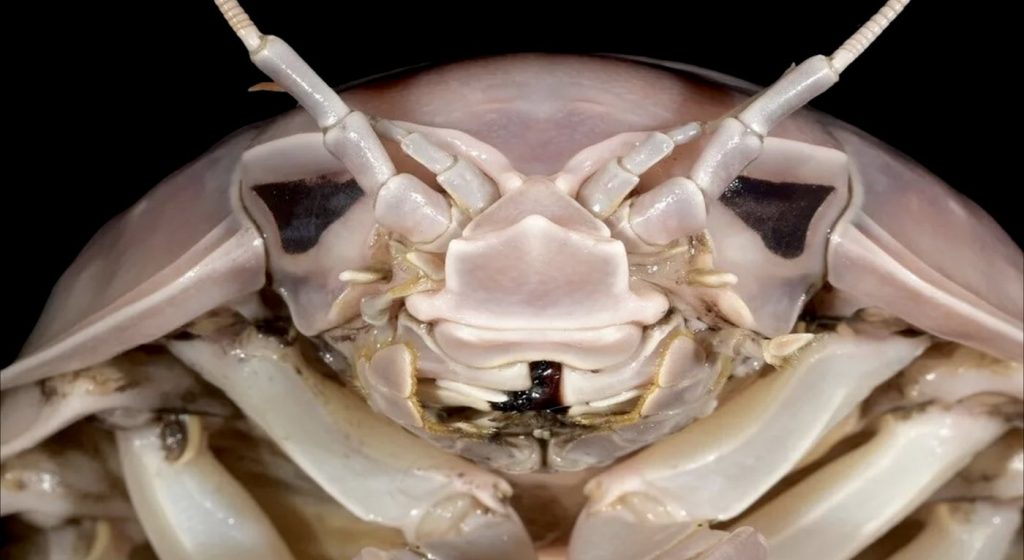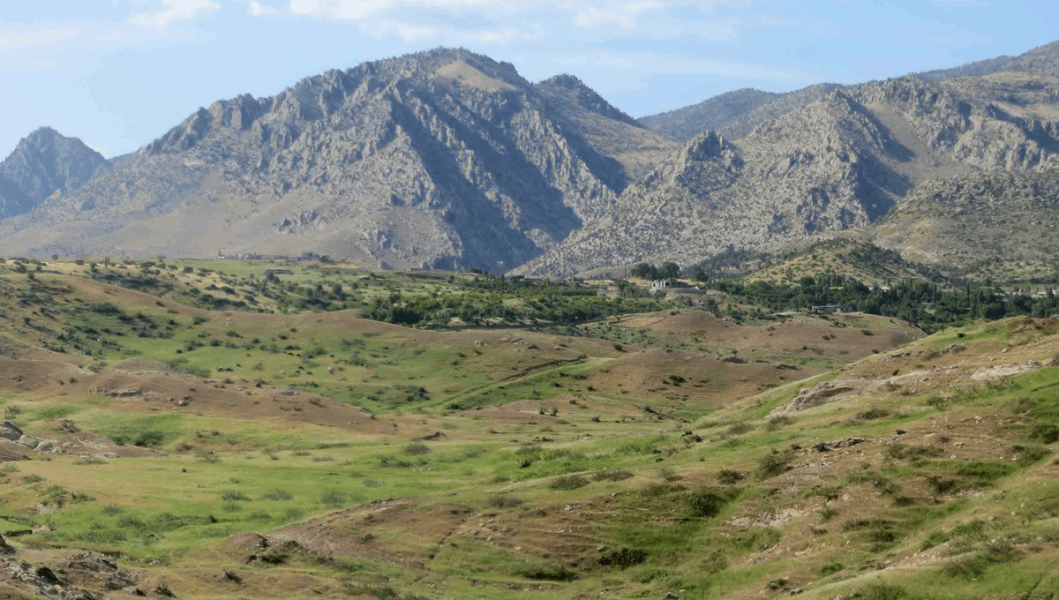Ominous and Helmeted, New Species of Giant Deep-Sea Crustacean Named After Darth Vader – Good News Network

Though recently gaining the limelight as a superior alternative to lobster tail, a species of giant isopod is making headlines for another reason: it was never officially entered into the scientific record.Now that it has, it happened to be through the work of Peter Ng, a “carcinologist” or crustacean researcher (i.e. cancer, in both definitions) who happened to note that the armored plates covering this creature looked like a certain Hollywood villain’s famous helmet.“I am the biggest Star Wars fan in the team, as it’s my vintage. The first movie was in 1977, in my youth, and it was cool,” study co-author Peter Ng, a carcinologist, or crustacean researcher, at the National University of Singapore, tells New Scientist’s James Woodford. “But we all agree that the face of Bathynomus looks so much like Darth Vader that it just had to be named after the Sith Lord.”Bathynomus vaderi lives in the depths of the ocean around the contested Spratley Islands, and perhaps a much wider ecosystem in the South China Sea. Known in Vietnam where they’re eaten as a delicacy as bọ biển or “sea bug,” Bathynomus vaderi belongs to a genus of strange underwater crustaceans with seven pairs of legs.They inhabit the Bathypelagic zone, or the region of the ocean where light cannot reach, easily grow over 1 foot in length, and can weigh 2 pounds.In 2022, the researchers acquired four of these giant isopods from fishmongers in the Vietnamese city of Quy Nhơn, reports Margherita Bassi at Smithsonian Magazine. Through comparisons to other isopods and analysis of DNA, they realized they were dealing with a species that had never been officially described.DEEP-SEA WONDERS: Remarkable Sea Slug Found Among Monterrey Bay’s Lightless Depths is Nicknamed ‘Mystery Mollusk’DEEP-SEA WONDERS: Oceanographers Explore Underwater Mountain Bigger Than Mount Olympus Teeming with WondersAccording to a statement from the researchers, its discovery should act as a rallying cry to better explore the deeper areas of the sea.“That a species as large as this could have stayed hidden for so long reminds us just how much work we still need to do to find out what lives in Southeast Asian waters,” the statement read.SHARE This Menancing Yet Harmless And Apparently Delicious Creature On Social Media… Want A Morning Jolt of Good News?You must be logged in to post a comment.Want A Morning Jolt
of Good News?






